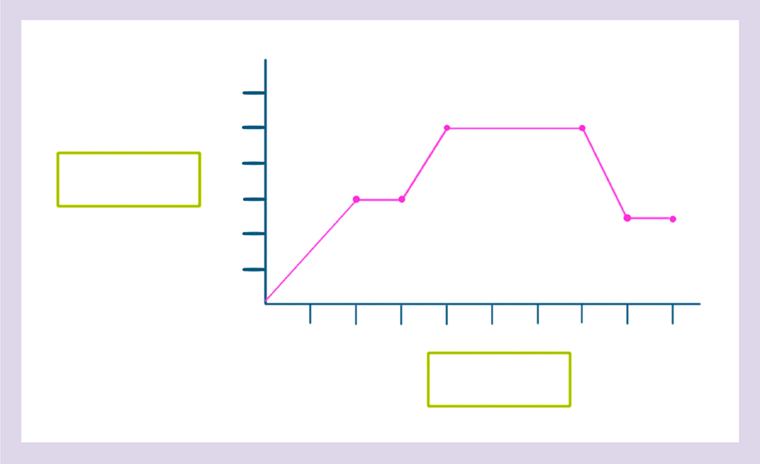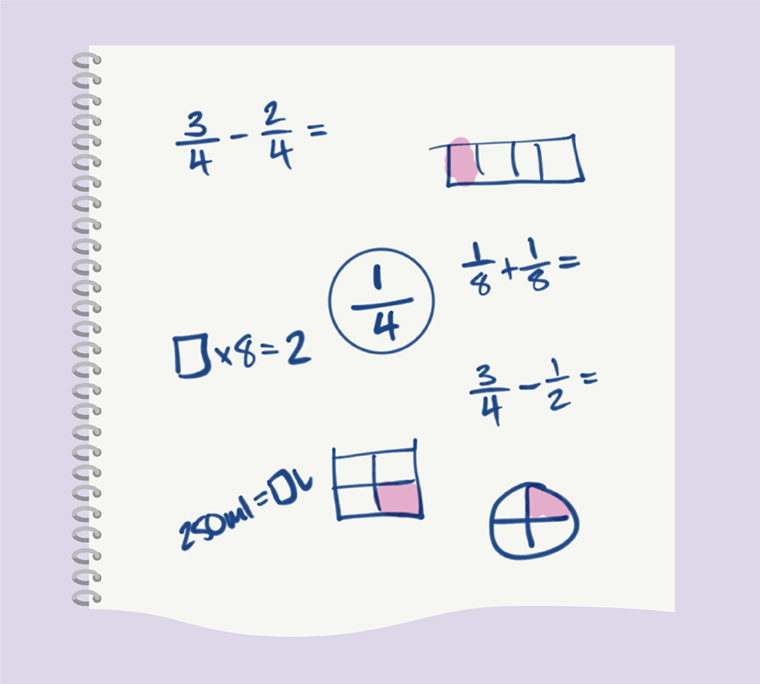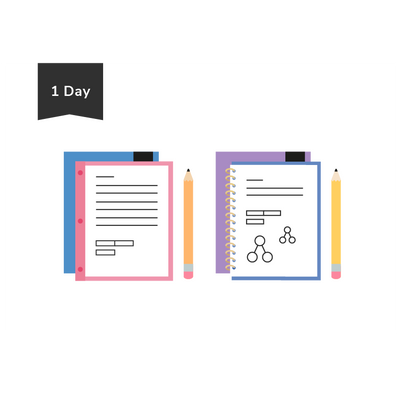5 maths journal ideas for your primary class
Wondering how to write a maths journal? You’ve come to the right place. To get you started using maths journals in your primary maths class, here are some tips and journal prompts you can use tomorrow.
Journal writing is a versatile maths mastery tool that helps your learners explore ideas, develop their mathematical language and deepen their understanding.
However, because journalling is a fairly free-form exercise, it can be difficult to know what a good maths journal looks like or which activities will support your learners best.
To help get you started using maths journals in your primary maths class, here are some tips to plan effective maths journal entries and incorporate them into your lessons.
How to plan a maths journal entry
Planning for maths journal writing is key to its success. When planning journal entries, these tips can help make your lessons more effective and help your learners get the most out of their journalling:
1. Have a clear purpose for your journal entry
Define how the journal entry will be valuable to your learners. Be clear about what learning you’re trying to support.
2. Plan the details of your journal entry
Dedicate time to planning the structure of your lesson. There may be instances when spontaneous journal entries can be productive, but we shouldn’t rely on this.
3. Evaluate the process and outcomes after journalling
There will be some journal entries that support learning greatly, and there will be some that won’t have the desired outcome. Both experiences give us valuable data and can inform what we should do next.
Remember, there’s no real ‘right’ way to journal, but we can create effective activities when we have a clear goal and plan to support childrens’ learning.
Now that you’ve got the basics of what makes a good maths journal entry, let’s dive into some prompts you can use in your classroom right away. These examples can be very effective activities and can be further built upon by both learners and teachers.
Using word problems in maths journals
The structure of word problems is important, and learners can practice reading and writing them in their maths journals. This maths journal prompt can be used across a range of year groups by substituting the red words and numbers appropriately:
Holly had saved some money. She spent part of her savings on a skateboard. She then spent some of the remainder on a helmet.
some money: This can be substituted for an amount appropriate to the year group.
part: This could be substituted for a fraction or an amount of money.
some: This could be substituted for a fraction or an amount of money.
One way we could adapt this problem could be:
Holly had saved £20. She spent £10 of her savings on a skateboard. She then spent 1⁄4 of the remainder on a helmet.
Some questions you could ask your learners about this problem could be:
- How much money does Holly have left?
- What was the cost of each item?
- How much money did Holly start with?
- How much more expensive was the skateboard/helmet?
Using representations in maths journals
Using partial representations as a maths journal prompt can help shape a problem, but still leave it open for a wide range of variation. Here are some examples:
Using bar models in maths journals

In this bar model, giving a value to any of the unknown values will let us find the remaining values. To help give context, ask your learners:
What could Sam have twice as much of?
What could Hannah have half as much of?
Once this has been established we can make the problem appropriate to the learners:
Sam has £2. How much does Hannah have?
How much do they have altogether?
What fraction of Sam’s savings would he need to give to Hannah so that they both have the same amount?
Top tip: The most important aspect of using partially completed bar models is that the problem accurately matches the representation.
Using graphs in maths journals

Giving learners partially completed graphs to develop their own interpretations is a valuable exercise. This line graph shows the famous event of the Greek mathematician Archimedes watching the bath water rise as he got in — but what other stories could your learners tell? Journals are a great vehicle for this!
Using maths journals for investigations
Using a journal for ongoing investigations is a great way to see the progress being made and the learning that is taking place. One easy and effective investigation could be:
Odds and Evens
Ask your learners:
What is the sum of two odd numbers? Is it odd or is it even?
What is the sum of two even numbers? Is it odd or is it even?
What is the sum of an odd number and an even number? Is it odd or is it even?
Can you predict whether the answers to the following are odd or even?
14 + 18 = [] 17 + 15 = [] 19 + 24 = []
Is this always true?
Can you explain why this is the case?
This lesson can also be adapted for multiplication, depending on your learners.
Using maths journals for assessment
A simple assessment you can do with journalling can be asking your learners to “show me this in as many ways as you can.”
For example:
“Show me 1⁄4 as many ways as you can” could look like:

“Show me 7 as many ways as you can” could look like:

Maths journalling takes time and practice to develop, but it’s a great opportunity for learners to express themselves and for you to learn more about their understanding.
Need some more maths journalling support? Check out the 5 types of maths journals and how to use them for more tips on using maths journals in your primary maths class.
Journalling for Mastery CPD
Would you like to use maths journalling to advance your pupils? This one-day, expert-level course will show you how. Learn from one of our friendly experts in a relaxed, face-to-face setting. 14 June in London or 28 June in Manchester.


